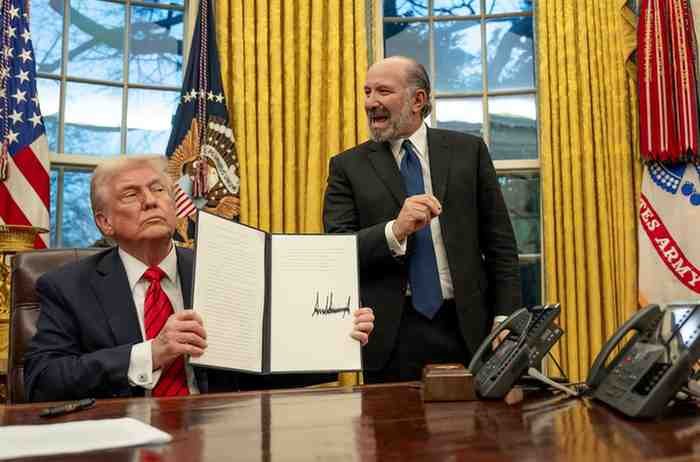The US President Trump signed executive orders eliminating duty-free quotas and exemptions for major suppliers from Canada, Mexico, Brazil, and other nations, and imposing 25% tariffs on all imports of steel and aluminum into the United States.
In order to safeguard steel and aluminum producers, Trump extended his Section 232 national security tariffs from 2018 with the proclamations he issued at the White House.
“This is the beginning of making America rich again,” Trump said in the Oval Office, as he signed dual executive orders for steel and aluminum tariffs. “No exceptions, no nothing,” Trump added.
To stop the entry of Chinese steel that has undergone minimum processing into the United States, the President will also enforce a new North American standard that requires steel imports to be “melted and poured” and aluminum imports to be “smelted and cast” in the region.
In addition to the tariffs already in place, Trump has threatened to put 25% tariffs on Canada and Mexico before negotiating short-term agreements with their governments, and he has already imposed 10% tariffs on all Chinese exports.
Tariffs are viewed by many observers as a negotiation tool to force concessions from other countries.
According to a 2022 Congressional Research Service assessment, the majority of steel used by American businesses is already produced domestically, but the proportion of aluminum imports utilized by American businesses is significantly higher.
Some American businesses continue to voice their opposition to the imposition of tariffs. The United Steelworkers Union, an organization purportedly created to gain from tariffs, stated on Monday that the move would backfire if it were used too widely.








